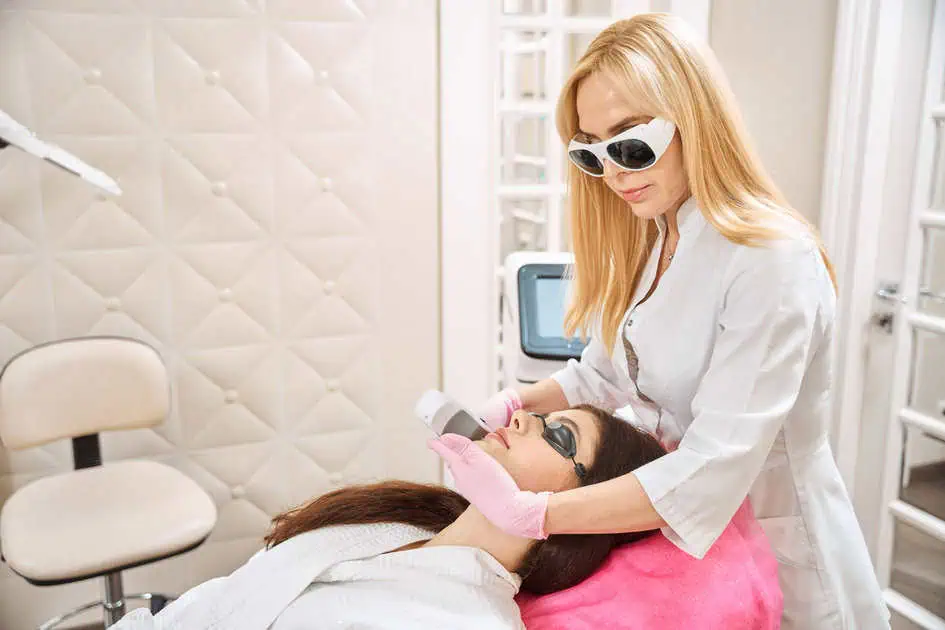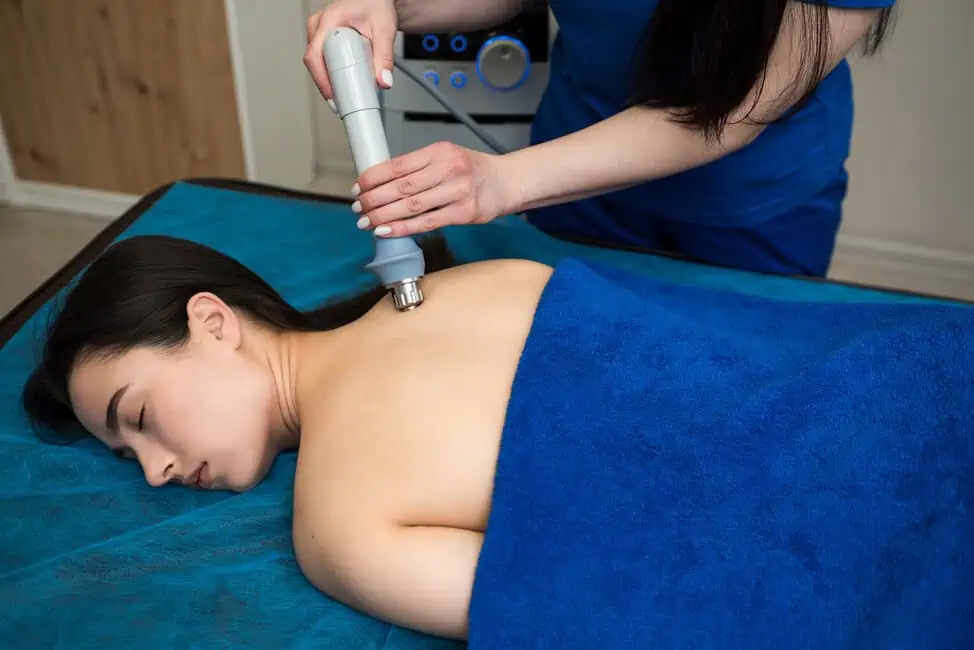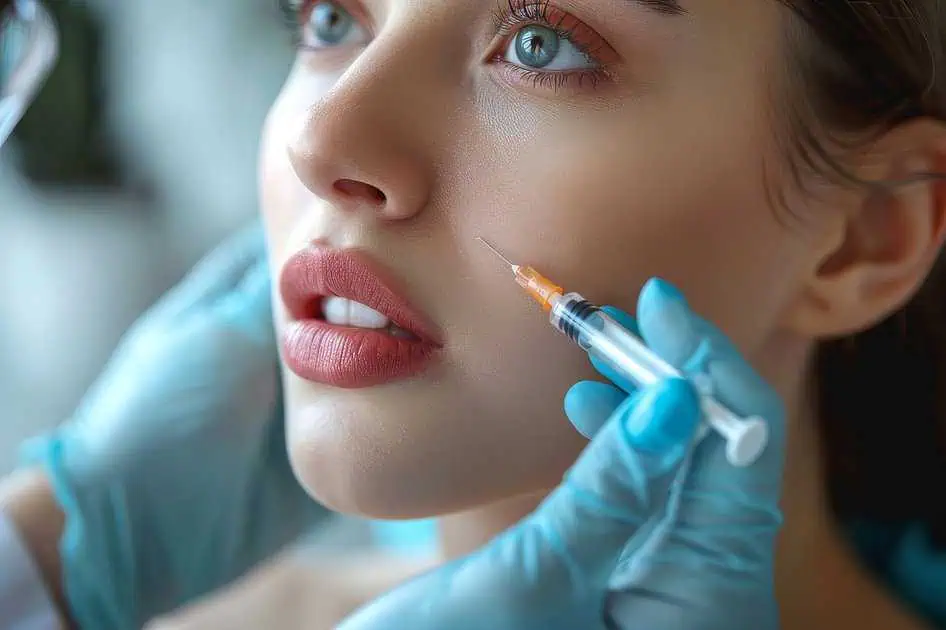Introduction
Hyperpigmentation is a common skin condition that affects millions of people worldwide. It occurs when certain areas of the skin become darker than the surrounding skin due to the excess production of melanin, the pigment responsible for skin color. Various factors, including sun exposure, hormonal changes, inflammatory skin conditions, and skin trauma, can cause hyperpigmentation.
While hyperpigmentation is not a harmful condition, it can significantly impact one’s self-esteem and confidence. Many people seek ways to prevent and minimize hyperpigmentation to maintain a healthy and even complexion. This article will discuss effective tips for avoiding triggers that can lead to hyperpigmentation and help you achieve clearer, more radiant skin.
Understanding Hyperpigmentation
To effectively prevent hyperpigmentation, it’s essential to understand what it is and how it occurs. Hyperpigmentation refers to the darkening of specific skin areas due to increased melanin production. Melanin is produced by specialized cells called melanocytes, which determine skin color, hair, and eyes.
There are different types of hyperpigmentation, and each has its causes. One common type is melasma, often due to hormonal changes, such as those experienced during pregnancy or while taking certain contraceptives. Another type is post-inflammatory hyperpigmentation, which can develop after skin inflammation caused by conditions like acne, eczema, or injury.
The underlying cause of hyperpigmentation is an overstimulation of melanin production. This can be triggered by various factors, including exposure to ultraviolet (UV) rays, hormonal imbalances, inflammation, and skin trauma. By understanding these triggers, we can take proactive steps to prevent hyperpigmentation and maintain healthy skin.
Now that we have a basic understanding of hyperpigmentation let’s explore the common triggers and learn how to avoid them effectively.
Identifying Common Triggers
To prevent hyperpigmentation, it’s crucial to be aware of the common triggers that can lead to its development. By recognizing these triggers, you can take preventive measures to minimize the risk of hyperpigmentation and maintain a more even skin tone.
Sun Exposure:
One of the primary triggers for hyperpigmentation is unprotected sun exposure. The sun emits harmful ultraviolet (UV) rays, including UVA and UVB, which can penetrate the skin and trigger melanin production. This leads to the darkening of existing hyperpigmentation and the development of new spots.
To protect your skin from the damaging effects of the sun:
- Use a broad-spectrum sunscreen with an SPF of 30 or higher and apply it generously to all exposed areas of the skin.
- Reapply sunscreen frequently every two hours or more if you’re sweating or swimming.
- Seek shade, especially during the peak sun intensity hours, typically between 10 a.m. and 4 p.m.
By taking these sun protection measures, you can significantly reduce your risk of developing sun-induced hyperpigmentation.
Hormonal Changes:
Hormonal fluctuations can contribute to the development of hyperpigmentation, particularly melasma. Melasma is often called the “mask of pregnancy,” as it commonly occurs in pregnant women. Fluctuating hormone levels, such as those experienced during pregnancy or while taking hormonal contraceptives, can stimulate melanocytes, producing more melanin.
If you’re prone to hormonal-induced hyperpigmentation, managing your hormone levels effectively is essential. Consider the following tips:
- Consult a healthcare professional to address any hormonal imbalances.
- Discuss with your healthcare provider the potential impact of hormonal contraceptives on your skin.
- If you’re pregnant, take precautions such as wearing a wide-brimmed hat and using sunscreen to minimize the risk of melasma.
By understanding and managing hormonal changes, you can minimize the risk of hyperpigmentation associated with hormonal imbalances.
Inflammatory Skin Conditions:
Skin conditions characterized by inflammation, such as acne or eczema, can contribute to post-inflammatory hyperpigmentation. When the skin is inflamed, it produces excess melanin in response to the inflammation, resulting in dark spots or patches.
To prevent post-inflammatory hyperpigmentation:
- Treat skin conditions promptly and effectively to minimize inflammation.
- Follow a gentle skincare routine using products suitable for your skin type and avoid harsh ingredients that can further irritate the skin.
- Consult a dermatologist for personalized treatment options if you struggle with chronic inflammatory skin conditions.
Addressing inflammatory skin conditions promptly and with appropriate care can reduce the risk of developing post-inflammatory hyperpigmentation.
Skin Trauma:
Skin trauma, such as wounds, cuts, or surgical procedures, can trigger hyperpigmentation. When the skin is injured, the body’s natural response is to produce melanin to protect the skin and aid in healing. This can result in darkened areas of skin around the affected area.
To protect against skin trauma-related hyperpigmentation:
- Take precautions to prevent skin injuries, such as wearing protective gear when necessary.
- Properly care for wounds or cuts by keeping them clean, applying appropriate dressings, and following any aftercare instructions provided by healthcare professionals.
Minimizing skin trauma and providing proper care can help prevent hyperpigmentation resulting from skin injuries.
Tips for Preventing Hyperpigmentation
Now that we better understand the common triggers for hyperpigmentation let’s delve into practical tips to help you prevent its occurrence. You can maintain a healthy and even complexion by implementing these preventive measures.
Sun Protection:
Use broad-spectrum sunscreen: Sunscreen is crucial to any hyperpigmentation prevention routine. Choose a broad-spectrum sunscreen that protects against both UVA and UVB rays. Look for a sunscreen with an SPF (sun protection factor) of 30 or higher.
Apply sunscreen generously and frequently: To ensure adequate protection, apply sunscreen generously to all exposed areas of the skin, including the face, neck, arms, and legs. Don’t forget commonly overlooked areas like the ears and back of the neck. Reapply sunscreen frequently every two hours or more if you’re sweating or swimming.
Seek shade: When the sun’s rays are strongest, usually between 10 a.m. and 4 p.m., seek shade whenever possible. Staying in shaded areas reduces your skin’s exposure to harmful UV rays, minimizing the risk of hyperpigmentation.
Hormonal Balance:
Consult a healthcare professional: If you suspect hormonal imbalances or experience persistent skin issues related to hormonal changes, consult a healthcare professional. They can assess your hormonal levels and provide appropriate guidance and treatment options.
Birth control considerations: Some hormonal contraceptives can potentially trigger or exacerbate hyperpigmentation. Talk to your healthcare provider about contraceptive options with a lower risk of affecting your skin. They can recommend alternatives or adjust your dosage to minimize the impact on melanin production.
Pregnancy precautions: During pregnancy, hormonal changes can increase the likelihood of developing melasma. Consider wearing a wide-brimmed hat and seeking shade outdoors to protect your skin. Apply sunscreen regularly and follow a gentle skincare routine suitable for expectant mothers.
Skincare and Lifestyle Habits:
Gentle skincare routine: Choose skincare products that are gentle and suitable for your skin type. Avoid harsh cleansers, exfoliants, or toners that irritate the skin and trigger hyperpigmentation. Look for products containing ingredients like vitamin C, niacinamide, or kojic acid, which can help brighten the skin and even out skin tone.
Treat skin conditions promptly: If you have acne, eczema, or other inflammatory skin conditions, treat them promptly and effectively to minimize the risk of post-inflammatory hyperpigmentation. Consult a dermatologist if necessary to develop a personalized treatment plan that addresses the underlying condition and its potential impact on pigmentation.
Protect against skin trauma: Preventing skin injuries is crucial to avoiding hyperpigmentation caused by trauma. Whether it’s preventing cuts or abrasions during physical activities or protecting your skin during surgical procedures, taking precautions can significantly reduce the risk. Follow proper wound care techniques and consult healthcare professionals for guidance on managing and caring for skin injuries.
Professional Treatments and Therapies
While prevention is key, it’s worth noting that professional treatments and therapies can be effective in managing existing hyperpigmentation and further preventing its recurrence. If you’re already dealing with hyperpigmentation or want to explore additional options, consider the following treatments:
Chemical peels: Chemical peels involve the application of a chemical solution to the skin, which helps exfoliate the top layers and promote cell turnover. This can be particularly beneficial for treating certain types of hyperpigmentation, such as post-inflammatory hyperpigmentation. Chemical peels can be performed at different depths, depending on the severity of hyperpigmentation and the skin’s sensitivity.
Laser therapy: Laser treatments, such as intense pulsed light (IPL) or fractional laser resurfacing, can target specific areas of hyperpigmentation. These treatments deliver concentrated light energy to the skin, breaking up excess melanin and stimulating collagen production. Laser therapy can effectively treat various forms of hyperpigmentation and improve overall skin tone.
Microdermabrasion: Microdermabrasion is a non-invasive procedure that uses a device to exfoliate the outermost layer of the skin. Removing dead skin cells, can help improve the appearance of hyperpigmentation and promote a more even skin tone. Multiple sessions may be required to achieve desired results.
Topical creams prescribed by dermatologists: Dermatologists can prescribe topical creams or serums containing ingredients like hydroquinone, retinoids, or azelaic acid, which can help lighten hyperpigmented areas. These creams are typically used with other treatments and require regular application as directed by a healthcare professional.
Conclusion
Achieving and maintaining a healthy, even complexion is a goal that many of us strive for. Preventing hyperpigmentation is crucial in this journey, as it helps us maintain clearer and more radiant skin. Understanding the triggers and following the preventive measures discussed in this article can significantly reduce the risk of developing hyperpigmentation and enjoy the benefits of a more balanced skin tone.
Throughout this blog, we have explored various tips for preventing hyperpigmentation. By prioritizing sun protection and using a broad-spectrum sunscreen, you can shield your skin from harmful UV rays and minimize the risk of sun-induced hyperpigmentation. Managing hormonal balance, seeking professional guidance, and considering alternative contraceptive options when necessary can also help prevent hormonal-induced hyperpigmentation.
Additionally, adopting a gentle skincare routine, promptly addressing inflammatory skin conditions, and taking precautions to prevent skin trauma are essential steps in avoiding post-inflammatory hyperpigmentation. By following these preventive measures and embracing a consistent skincare routine, you can support your skin’s health and reduce the likelihood of hyperpigmentation.
At Source of Health, LLC, we understand the importance of preventive care and maintaining overall well-being. If you seek professional guidance or further evaluation for persistent or severe hyperpigmentation, we encourage you to contact Dr. Steven Sorr at mysourceofhealth.com/dr-steven-sorr.
Prevention is key, but seeking professional help when needed is equally important. Take control of your skin health, incorporate these preventive measures into your daily routine, and embrace the beauty of healthier, more vibrant skin.
Visit mysourceofhealth today to learn how we can support your skin health journey and help you achieve your desired complexion.






